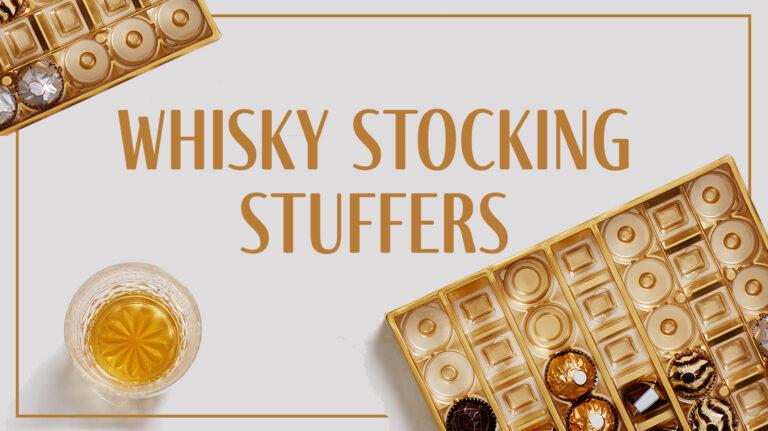
The U.S. produces more cheese annually than France, Italy, and Switzerland combined. That statistic is according to Afrim Pristine, maître fromager, or cheese master, and owner of Cheese Boutique in Toronto, where he oversees the sale of some 44 tons of cheese each year. Of course, that’s not the same as having the greatest variety of cheeses, a title that goes to France. But still, the prodigious output of the U.S. is impressive.
Further, Pristine says that from “about 1995 to 2002,” North Americans finally started to explore the full scope of that cheese. “I saw it firsthand,” he recalls, “People stopped buying the same cheese every time and became much more interested in trying different varieties.”
While trying new cheeses is never a bad thing, Pristine notes that it can lead to disappointment. “I tell my customers to buy smaller pieces and shop more often,” he says, “Cheese doesn’t go bad, but when people overbuy and it sits around too long, it just won’t taste the way it should.”
For storing the cheese you do buy, Pristine suggests avoiding plastic wrap, which can dry out the cheese, and resealable zipper-closure bags, which cause the cheese to sweat. Instead, he recommends wrapping the cheese first in parchment or waxed paper and then in aluminum foil, since the parchment will allow the cheese to breathe while the foil will protect it from absorbing other odors in the fridge and also keep your vegetables from smelling like cheese.
When serving, Pristine says that the longer you can leave it outside of the fridge, “two, three, or even eight hours,” the better it will taste. Which is precisely how I approached my tasting of what Pristine identifies as the six basic groupings of cheese: goat/sheep, semi-firm, washed rind, bloomy rind, hard/aged, and blue.
Cheeses made from goat’s or sheep’s milk tend to be more delicate in flavor than those made from cow’s milk, so weighty whiskeys like bourbons and straight ryes should generally be avoided. With goat’s milk cheese in particular, the relative lightness and almost paradoxical depth of an Irish whiskey containing a high proportion of pot still spirit makes great gastronomic sense.
For a youthful gouda, my semi-firm cheese, I sought a complementary relationship in a fruity, sherry wood-aged single malt, and found it in Macallan 12 year old Double Cask. The sherry accents play perfectly against the nutty flavors of the cheese, while the richness of the gouda draws out complex fruit and vanilla notes in the whisky.
(As an aside, balanced Scottish single malts, not too peaty or rich, seem to pair best with a wide variety of cheeses, as you might find on a typical cheese board.)
Washed-rind cheeses, like the French chaumes I sampled, tend to have big aromas—some call them “stinky”—but rather mild flavors, which require spirits of subtle complexity and soft bouquet, the toffee-ish Crown Royal XO fitting this bill quite deliciously. For cheeses with bloomy rinds, such as Bries and Camemberts, which often feature saltiness and acidity from the rind, a bolder and sweeter partner makes the most sense, like Woodford Reserve Double Oaked matched with the classic Brie de Meaux.
Finally, I returned to Scotland to find pairings for both my hard/aged and blue cheeses, hardly surprising since classics of both camps, cheddar and Stilton, were born not far from where the whiskies evolved. In general, I find that Speyside malts favor mature, firm cheeses and peatier Island whiskies complement blues, although full and round bourbons also benefit the latter.
Pair These Whiskies and Cheeses at Home Now
Chabichou du Poitou with Redbreast 12 year old
The dryness of this weeks-old chèvre draws forward the whiskey’s sweetness, while the spirit accentuates the fruitiness of the cheese.
3 year old Cheddar with Glenlivet 12 year old
The creaminess of the cheddar is underscored by the whisky, while the cheese heightens the nutty, fruity flavors of the malt.
Colston Bassett Stilton with Talisker 10 year old
England’s legendary blue cheese meets a Scottish partner in strength and assertiveness, to the flavorful benefit of both parties.






